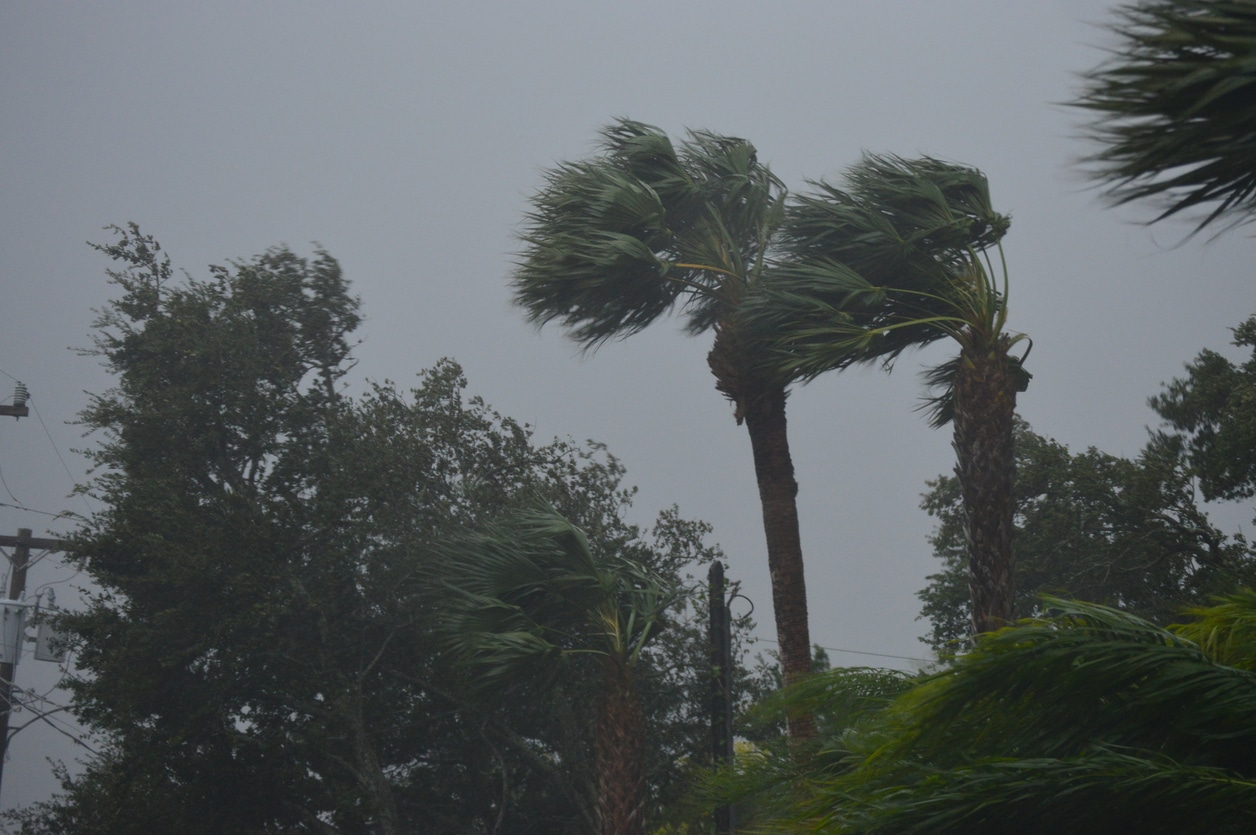As Hurricane Helene approaches the southeastern U.S., more than 160,000 commercial properties across Florida, Georgia, and South Carolina are at risk of damage. Moody’s estimates these properties to hold a collective value of $425.9 billion, making Helene a significant threat to the region’s real estate market. With the storm expected to strengthen into a Category 3 hurricane or higher, its potential impact extends beyond property damage, posing major challenges for the insurance industry.
Major Commercial Assets at Risk
Moody’s analysis reveals that prominent Florida cities, including Tampa, Saint Petersburg, Sarasota, Tallahassee, and Gainesville, are in the hurricane’s direct path. These urban centers collectively represent billions in commercial property exposure. Multifamily residences lead the pack with a $173.8 billion valuation, followed by retail, industrial, office, and hotel properties. Helene’s broad scope highlights the far-reaching consequences the storm may bring to commercial real estate and its insurers.
Severe Winds and Coastal Surge Expected
Hurricane Helene’s rapid movement is expected to bring damaging winds well inland, with maximum sustained winds reaching 110 mph. The National Hurricane Center (NHC) warns that parts of Florida’s Big Bend region could experience storm surges up to 20 feet. The sheer size of the storm, with tropical-storm-force winds extending up to 345 miles from its center, places a wide swath of the southeastern U.S. at risk for major damage.
Impact on the Insurance Industry
The insurance industry is bracing for a potential wave of claims, as businesses and commercial property owners prepare for what could be a devastating hit. Insurers covering properties in the affected areas are likely to face significant payouts for wind, flood, and business interruption claims. With more than $425.9 billion in exposed assets, Hurricane Helene could strain the resources of property and casualty insurers, especially those offering commercial coverage.
The Growing Challenge of Natural Disasters
Hurricane Helene is yet another reminder of the growing risks posed by natural disasters, especially in regions prone to severe weather events. The insurance industry, particularly in high-risk areas like the southeastern U.S., may need to adjust its risk models and premium structures to accommodate the increasing frequency and intensity of hurricanes. For businesses, having comprehensive insurance coverage is crucial to weathering such events.
Advanced Risk Assessment: The Role of Catastrophe Models
Catastrophe modeling will be essential in predicting the potential fallout from Hurricane Helene. These models enable insurers to forecast losses and set aside reserves for claims, while helping businesses evaluate their vulnerabilities. As storms like Helene become more frequent and intense, insurers will rely heavily on these tools to manage risk and prepare for the financial impact of large-scale natural disasters.
In the coming days, the path and intensity of Hurricane Helene will determine the scope of its damage. For commercial property owners and insurers, the storm’s arrival marks a critical moment, with lasting implications for the region’s financial recovery and future disaster preparedness.













